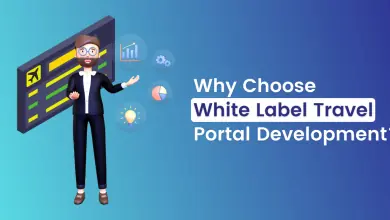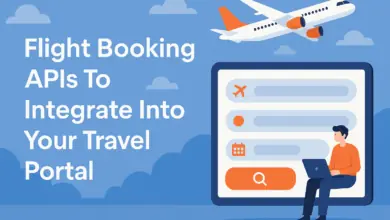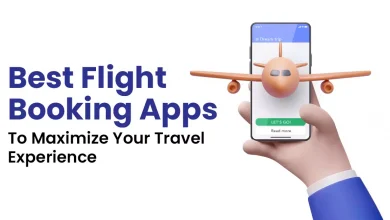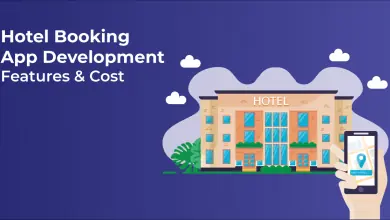How To Choose The Best Platform For Building A Travel App
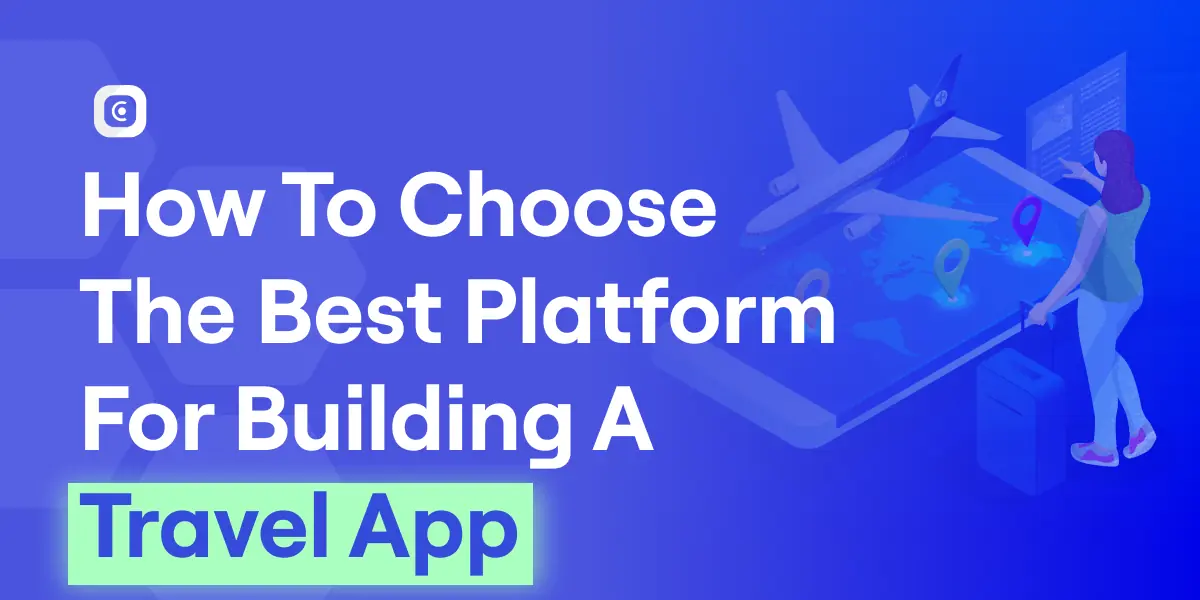
The choices made during travel app development help companies outshine their competition efficiently. One such crucial decision where many travel-tech players is how to choose the best platform for building a travel app. There’s a step beyond coding that helps the OTAs, travel agencies, tour operators, and B2B or B2C businesses and it’s selecting the right platform.
A platform can simply make or break your travel solution, apart from impacting the app’s performance, scalability, user experience, and its future potential growth. This guide will take you through all the intricate details about a travel platform, its importance, and will also help you avoid costly mistakes that may affect you’re business’s reach. Let’s get started.
Understanding Your Travel App Needs Before Choosing a Platform
Starting off, let’s clear off one question from everyone’s mind: why does a travel company need to emphasize choosing a platform? The answer is simple, not all companies are on an equal level in terms of addressing customer needs. Based on the target audience, type of travel app, and preferred platforms.
These considerations lay a clear foundation and ensure that your platform choice aligns with your business goals and user expectations. Another great way to success is analyzing the competitors and studying what strategies have worked the best for them. Furthermore, practices like analyzing user feedback and evaluating platform compatibility with your target devices sure go a long way.
It’s crucial to comprehend the main steps in the app development process itself before deciding on the best platform to build your travel app. These simple steps that set the foundation for creating a successful travel application are depicted below:
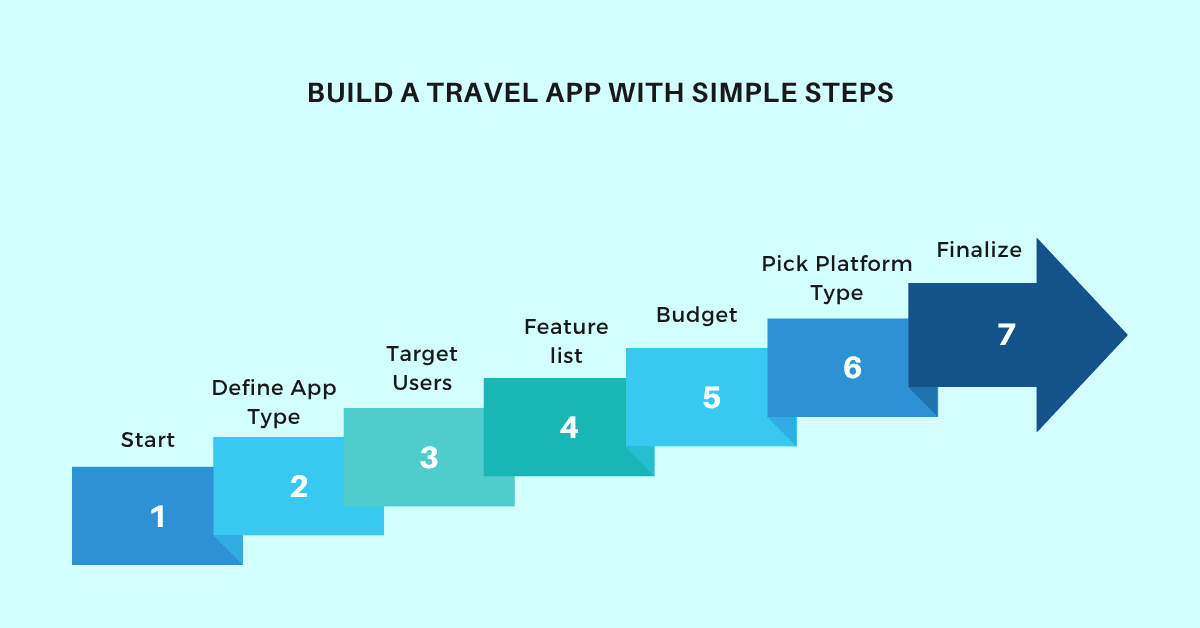
Key Factors to Consider When Choosing a Travel App Platform
Now that we’ve clarified how one can get started with a travel app builder, let’s take a peek at key factors to consider that will help in enhancing the overall results and customer satisfaction rate.
User-Friendliness
It goes without saying that the platform should be equally easy to access for both developers and admins. This is going to be a crucial factor in the entire scenario as it’ll determine the user satisfaction rate. The platform should allow smooth development, integration, and management.
Customization and Flexibility
Your app must reflect your brand’s unique identity and offer personalized features. With the travel-tech revolution, there are so many brands floating online but only a few can leave their mark. To make this happen for your app, focus on branding and leave room for feature extensions to further appeal to new customers.
Integration Capabilities
One thing that should never be compromised is you’re travel app’s capacity to provide real-time information, pricing updates, AI-driven chatbot support, and the ability to manage booking efficiently. All these can be taken care of with travel API integration for flights, hotels, weather, insurance, and payment gateways.
Security and Compliance
While building a travel app, it’s very important to ensure that all customer and business data is protected at all times. The best way to make this happen is to make sure that the travel app is compliant with GDPR, CCPA, PCI-DSS, and other data protection laws.
Scalability and Performance
Your platform should be designed to seamlessly scale alongside your growing user base. This critical thinking allows businesses to prepare themselves for the future with all the required advancements, reducing the time and effort significantly.
Offline Functionality Support
Travelers frequently encounter situations in which reliable internet access is scarce so offline features are needed for improving their experience overall. These capabilities allow users to stay connected with their itineraries and with maps, to access important items of information, and to navigate, all without needing a constant internet connection.
Cost-Effectiveness and Future Maintenance Needs
First, you should carefully evaluate the initial investment that is required for development. Next, think about how active costs are affected by maintenance and future upgrades. Take into account the manner in which the initial expenses are in alignment with the project’s long-term benefits and sustainability, so the approach chosen still remains viable and cost-effective in due time.
Customer Support and Documentation Quality
Streamlining the development process relies on thorough as well as well-organized resources, coupled with strong technical support. Developers are empowered with needed knowledge as well as tools for innovating in an effective manner; this combination also eases a smoother process for problem-solving.

Top Types of Platforms You Can Use to Build a Travel App
To further help you choose the most viable approach, here’s a table below representing the top platforms with their major highlights to help you make a prompt decision:
| Platform Type | Customization | Cost | Speed to Market | Best For |
| Custom Development | Very High | High | Medium | Complex, unique, scalable apps |
| Low-code/No-code Builders | Medium | Low to Medium | Very Fast | MVPs, small businesses, and quick launch |
| Travel-Specific App Builders | Medium to High | Medium | Fast | Travel startups, SMEs |
| PaaS (Platform as a Service) | High | High | Medium | Enterprises, corporate travel apps |
Custom Development vs Travel App Builders: Which is Better?
Often, there’s one question among the users about the ideal approach according to their requirements. If you’re also stuck in a similar situation, here’s a quick comparison to help you get going:
Custom Development:
Ideal for businesses wanting full control, advanced integrations, scalability, and a unique app tailored to specific needs.
- Pros: Complete flexibility, higher performance, long-term scalability.
- Cons: Higher upfront costs, longer development time.
Low-code/Travel Builders:
Perfect for smaller agencies or startups looking for a quick launch without heavy investment.
- Pros: Fast development, lower initial cost, easy management.
- Cons: Limited flexibility, less control over deep functionalities.
When to choose what?
Based on your requirements, custom development can be effective for those who wish to access frequent updates, scale on demand, or deep integrations. Alternatively, for OTAs and small businesses who are testing the market with an MVP or have severe budget constraints, they can either opt for a travel app builder or white-label travel portal development.

Best Platforms for Travel App Development
Here is a quick representation of all the best platforms one can opt for their travel app development needs by keeping both technology and scalability in hands.
| Platform | Best For | Strengths |
| Flutter | Cross-platform mobile apps | High performance, single codebase, UI-rich apps |
| React Native | Cross-platform + web apps | Native feel, large developer community |
| Swift/Kotlin | Native iOS/Android apps | Top-notch performance, full hardware access |
| Outsystems | Low-code enterprise apps | Rapid development, enterprise-grade apps |
| Mendix | Complex business apps | Extensive integration options, secure |
| GoodBarber | DIY Travel apps | Easy-to-use, travel-specific templates |
Mistakes to Avoid When Choosing a Travel App Platform
To further enhance the performance of your travel solutions, below are a few practices that will help you avoid any future hurdles effectively.
- Ignoring Future Growth: Plan for new features, increased traffic, and possible geographical expansions.
- Skipping API Integrations: A travel app without live booking APIs is incomplete. So ensure to integrate all the necessary and popular APIs.
- Underestimating UX/UI Importance: A smooth, intuitive interface is critical for user retention, so pay close attention to user experience.
- Choosing Based Only on Cost: Saving money now could mean massive expenses later for migrations or upgrades. So be prepared to loosen your wallet a bit for better results.
- Ignoring Customer Support: Enrich your travel app with an AI-powered customer support chatbot and virtual assistant to address all user queries in real–time without making your customer’s wait.
Partner with OneClick: Your Expert Travel App Builder
At OneClick, we specialize in helping travel businesses launch world-class apps. We offer:
- Expertise across Flutter, React Native, Swift, Kotlin, and low-code platforms.
- Seamless integration with GDSs, flight APIs, hotel APIs, and more.
- Future-ready solutions that scale as your business grows.
- UX/UI designs tailored for travel-specific user journeys.
- Fast time-to-market without sacrificing quality.
Building your travel app with OneClick means you start smart and scale fast.

Turn Travel Dreams into Reality with a Powerful App
Choosing the right platform isn’t just about today, it’s about ensuring your travel app thrives tomorrow and beyond. By evaluating your needs carefully and working with experts like OneClick, you can turn your travel app idea into a real, revenue-driving success story. Let’s build your future travel success: smarter, faster, and better.
FAQs
Flutter and React Native have remains the top choices for travel companies due to effective reasons like high-performance and cross-platform development.
If you’re a small OTA, businesses, or travel agent, it’s better to just opt for low code/no code solutions, as it’ll be more cost-effective. However, for big companies, custom development seems to be a reasonable choice as it enables you to have complete control over the solution.
Right from the start go for tech stacks that are technologically advanced and will still be relevant in the future. Do not settle for anything less than the modular API and plan for phased feature releases.
Travel APIs will make or break your platform. By seamlessly integrating GDS APIs like Sabre, Amadeus, or Travelport, you can not only provide the users with advanced features but also increase the relevance of the solution in today’s market.
Most low-code builders offer basic backend services; custom builds allow fully personalized backend architecture.


